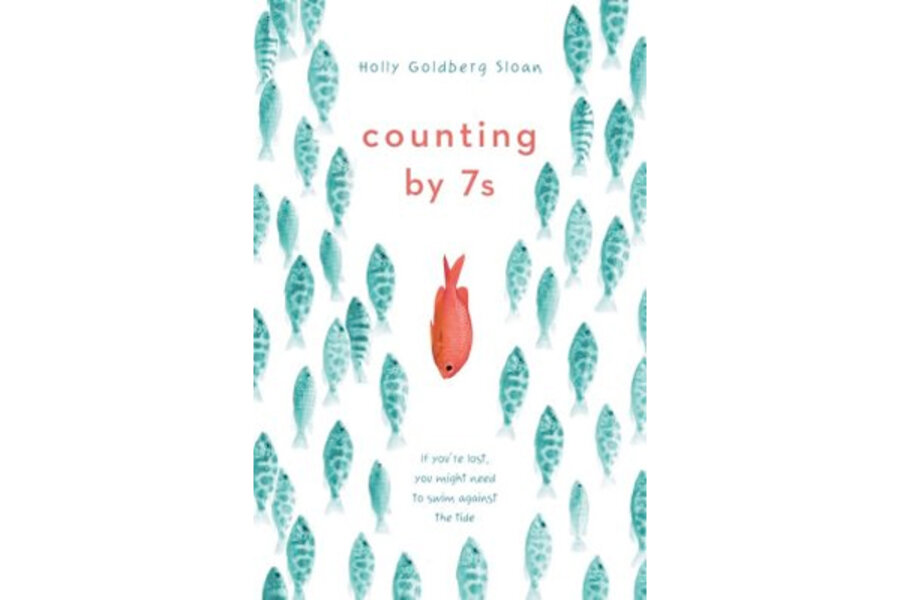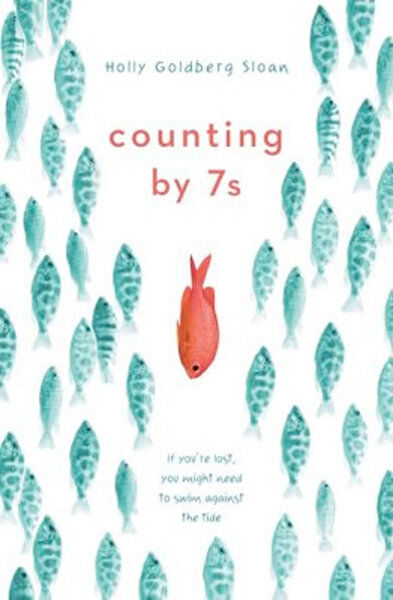If you know by the end of chapter one that the narrator's parents have been killed, do you keep on reading?
If the story's skillfully written and the characters cleverly conceived, it's hard to stop.
Willow Chance – a perfect name for the highly-gifted narrator – begins chapter two of Counting by 7s by going back to the beginning, in a new school where she knows no one. Acknowledging both her strangeness and that, despite being a thinker, she's "never the teacher's pet. Ever," Willow seems untroubled by being outside the mainstream. Instead, she teaches herself Vietnamese, researches rare diseases, and tends her garden. Give credit to her adoptive parents, who "Really Truly L-O-V-E" Willow. Or to her intriguing personality. This is one smart, resourceful 12-year-old.
Alternating chapters are told in the voices of her school counselor and an older girl whose Vietnamese mom runs a nail salon. With an array of distinctly fascinating characters parading in and out of the book, I truly hated to turn the last page. Yes, you can see the ending coming, especially if you are an adult reader. And things do tie up nicely. But that doesn't matter. The writing is remarkably funny for what could have been a sad tale of growing up surrounded by people who have no reason to care about you. In the capable hands of this writer, readers will adore Willow Chase and wish her a good and happy and mostly normal future with her new family.








